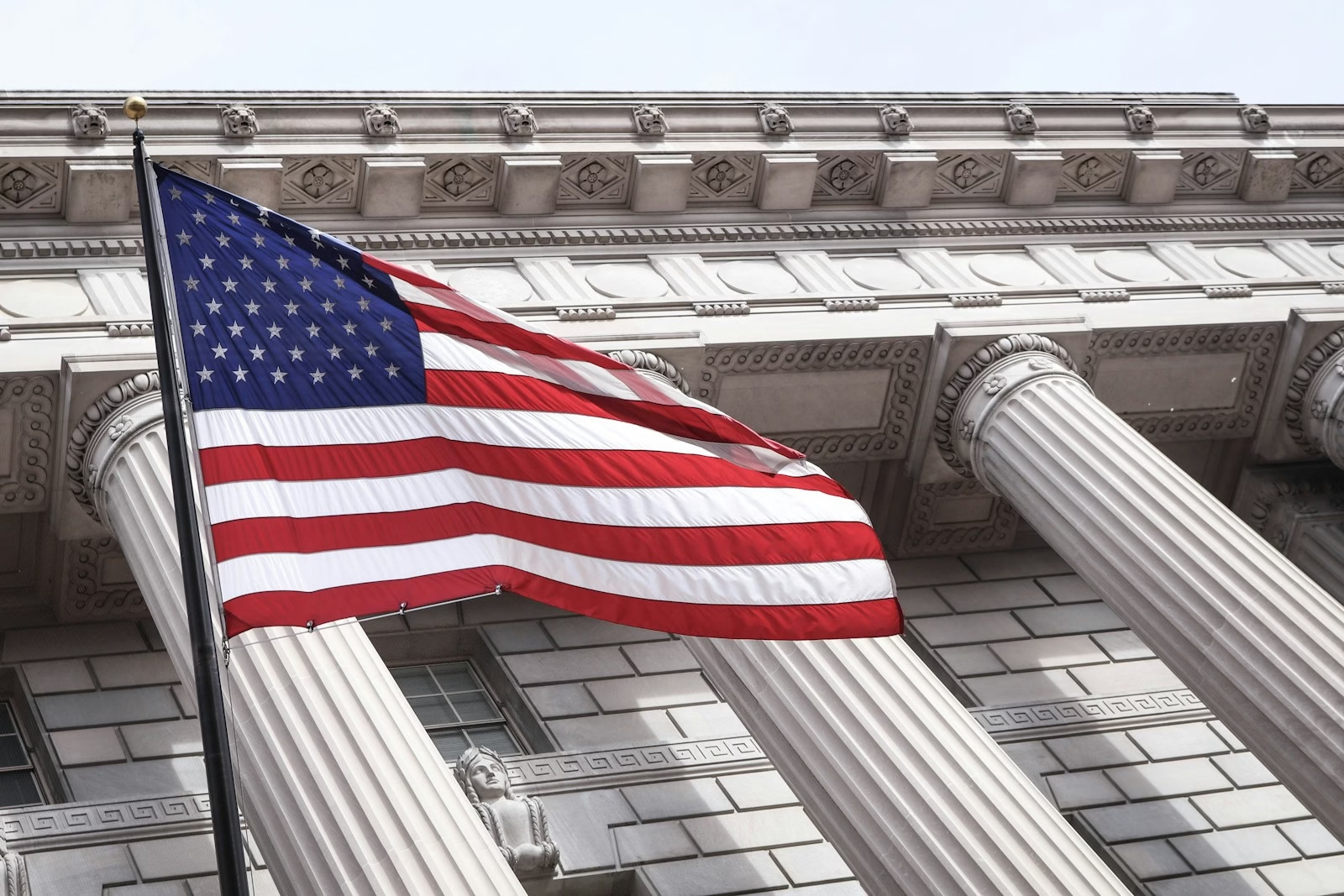Key takeaways
- Ray Dalio warns of a growing internal fracture in America.
- He points to financial, tech, geopolitical, and military “wars.”
- Five forces—money, stability, geopolitics, nature, tech—face strain.
- The U.S. national debt nears $38 trillion, heightening risk.
- Other economists flag recession dangers and red‐flag indicators.
The Looming U.S. Debt Crisis
Billionaire investor Ray Dalio says America edges toward an internal fracture. He argues that a rising U.S. debt crisis fuels deep inequality and political splits. Right now, the country’s total debt sits near $38 trillion. At a debt‐to‐income ratio of about 120 percent, debt payments could squeeze vital spending. If that happens, the U.S. might enter a vicious “death spiral.”
Dalio warns that this debt crisis could make it hard to fund schools, infrastructure, and healthcare. He fears too much focus on interest fees will leave other needs unmet. As a result, social services could collapse and anger could swell.
What Triggers a U.S. Debt Crisis?
First, Dalio highlights five forces that shape big changes in history. These are monetary systems, internal order, geopolitics, natural forces, and technology. He argues that each force now strains under pressure. Moreover, the U.S. faces battles in each area.
Monetary systems strain under record debt. Internal order frays as inequality grows. Geopolitics heats up with rival nations. Natural events like climate change test resources. Technology races spawn new competition. Combined, these forces can tip a country into crisis.
Echoes of the 1930s
Dalio sees parallels with 1937–38. Back then, debt problems, political fights, and economic disorder rose together. Democracies sometimes gave way to more extreme governments. Today, Dalio warns that similar patterns could repeat. If history rhymes, America might face worsening polarization and loss of democratic norms.
Fragmentation and Inequality
Beyond debt, Dalio points to a brewing “civil war” of ideas. He means internal fights over how money is shared and how to run the country. Wealth gaps grow wider, and people disagree sharply on the nation’s goals. Consequently, trust in institutions falls. When trust erodes, order breaks down and social conflict intensifies.
Global Turbulence
Meanwhile, the world order that America led is shifting. Dalio notes that other powers press hard on technology and trade. He calls it a technology war and a money war. Also, military tensions flare in several regions. These global struggles add pressure on U.S. leaders to spend more on defense and research. Yet that spending must compete with debt payouts.
Views from Other Economists
Dalio is not alone in warning of danger. Steve Hanke, once an adviser to President Reagan, says a shrinking money supply could tip the U.S. into a recession. In addition, Moody’s chief economist Mark Zandi spots red flags in consumer spending and job markets. He fears that if those trends worsen, growth could stall or reverse.
Possible Responses to the Crisis
To avoid a full‐blown U.S. debt crisis, experts suggest tough choices. First, leaders could cut spending or boost taxes to tame debt. However, taxes risk slowing the economy, and cuts can spark public backlash. Second, the Federal Reserve might adjust interest rates. Yet higher rates can hurt borrowers and businesses.
Additionally, Dalio believes new monetary rules could help. He proposes clearer debt limits and stronger checks on deficits. He also urges dialogue on fair wealth distribution to heal internal wounds. By addressing inequality, the U.S. could ease social tension and shore up support for needed fiscal changes.
Outlook and Caution
Even with fixes, Dalio stresses that risk remains high. He urges citizens and officials to learn from past crises and work together. By doing so, they might steer clear of extreme outcomes. Otherwise, the U.S. could face lasting turmoil on multiple fronts—economic, political, and social.
Frequently Asked Questions
What exactly is meant by a U.S. debt crisis?
A U.S. debt crisis occurs when national debt grows so large that interest payments crowd out essential services. This can force cuts to education, health, and infrastructure, leading to bigger social problems.
How does high debt cause a “death spiral”?
A death spiral starts when debt costs rise. More money goes to interest and less to crucial programs. Cuts fuel anger and may slow economic growth, which in turn raises debt further, creating a vicious cycle.
Why compare today’s climate to the late 1930s?
The late 1930s saw massive debt, intense wealth gaps, and political disorder. Democracies weakened under stress. Dalio sees similar patterns now, with rising debt, social divides, and global tensions.
What steps can help prevent a U.S. debt crisis?
Leaders could balance the budget by trimming spending or raising revenue. They might set clear debt limits and boost economic growth. Also, addressing wealth inequality can ease social tensions and build support for reforms.

